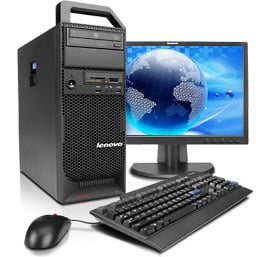The tweaker-friendly video card segment seems to be getting more popular as more OEMs are producing custom cards that fit the mold. We're going to give you a peak into what makes these cards special by giving you the run-down on three available options which are excellent representatives of what the segment currently has to offer.

All three of the cards are equipped with non-reference cooling designs. In addition, they all pack some special goodies under the hood which will please most tweakers, modders and overclockers. Lastly, each of these video cards takes a slightly different approach and offers a different angle on the tweaker-friendly video card package. The ASUS ENGTX260 Matrix takes a hands-off approach. All of the tools are included to support your tweaking and overclocking endeavors, but no factory overclock is included. The MSI R4890 Cyclone SOC takes the exact opposite approach, offering one of the highest factory overclocks available for a Radeon 4890. The ASUS Matrix GTX285 falls somewhere in between. And all three cards offer special features not available in stock reference design cards. As you might imagine, this means all three cards also command a slight price premium over reference design copies.






